Tarun Chopra: Standardisation helps create a predictable system in-house, which can lead to profitably executing projects
Pre-press & print expert and the owner of Delhi-based Color Dots Prepress Studio Tarun Chopra recently became the first trainer for G7 and ISO certification in India, and what’s more, he achieved this with a 100% score. Rahul Kumar finds out.
14 Jun 2019 | By Rahul Kumar
Rahul Kumar (RK):A 100% score…
Tarun Chopra (TC): It’s not about G7, ISO or the score. I believe it’s about learningsand sharing them with the industry.As an industry, we have a long way to go, although I would love to believe that I am the only person capable of G7 and ISO training who scored 100%.
RK: What does G7 and ISO training imply? What are the skill sets you are supposed to muster before you get the certification?
TC: I guess its experience and overall subject understanding, along with the quest for deeper understanding of colour reproduction in print.
My journey in print started in 1991. I have worked across most of the spheres in print whether press or pre-press. This has helped me with the current level of understanding.What I learned in my earlier years was that colour was always the most difficult thing to controland it was the only thing I wanted to understand and I think this has been driving me since.
RK: You are already an established name in the market. You have calibrated many printing presses. So, why the need to get this this certification?
TC: Satish Nayak and I had thought of doing G7 certification some time ago. What triggered us to take the call was that Don Hutcheson, the creator of G7, was undertaking this session. We couldn’t have missed it. Besides constantly updating our understanding always helps.
RK: Are Indian printers ready to follow the guidelines suggested by G7. We still have printing presses where the press owner or the operator will show you the manual spectrophotometer only if you ask for it.
TC: Well, that’s the sad part.Surprisingly, Sri Lanka and Bangladesh havemore qualified printers than India. Most Indian printers forget that the ultimate purpose of process control is to make their systems efficient, and not to attract customers.
Attracting customer is part of sales and an efficient production environment helps print service providers maximise the system’s potential with predictability and rationale for failures, or better understating of system limitations.The learning curve is steep not because the process is difficult, but because the acceptance has to go through a cross-section of mindsets that form the part of the team.
RK: Buying and operation behaviour of Indian printers are different from their counterparts anywhere in the world. How can you convince them to calibrate the press and follow the norms, especially ISO and G7?
TC: I totally agree that the mindset is unlike anywhere else in the world. In India, a person selling computers, software or consumables is the one who is setting up the presses for process standardisation, and they think making curves on press is the only thing that’s required for process control. They don’t realise thatjust making curves on the press will not give system wide predictability.
Most of the printers think colour happens on press and they are totally wrong. What happens on press is a culmination of things that start from design to pre-press and it ends on press.
We have never tried to convince anyone until date. It’s against our philosophy. We only work with believers and organisations who truly want to change.Unfortunately most of them are not in India.
RK: Why should a printer go for ISO and G7 certification?
TC: The foremost reason is to create a predictable system in-house, which can lead to profitably executing projects for international or domestic clients. You can, in theory, hit any target without a predictable system in place by fluke and lot of wasted resources, but that’s not a profitable way of managing a business. Unfortunately that’s how most of the Indian printers are functioning.
RK: And you believe that such certifications will change the Indian graphic art industry?
TC: I think the industry is on the tipping point, where standardisation will be a mandatory requirement for all print related businesses, not because the clients are asking for it, but a standardised process become more predictable which results is increased efficiency and cost savings.
Over the years,standardisation in print has been accepted and is the basis for global business happening in print. Brands now only want to work with printers who understand standards and are capable of producing consistent results.



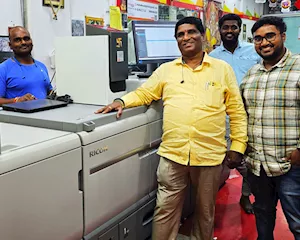
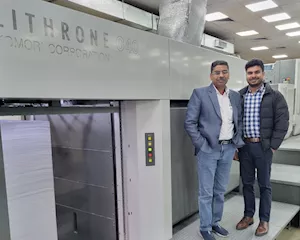

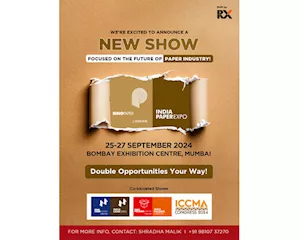
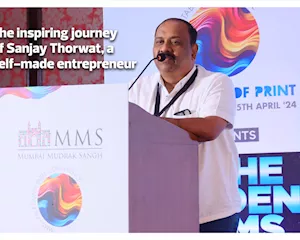

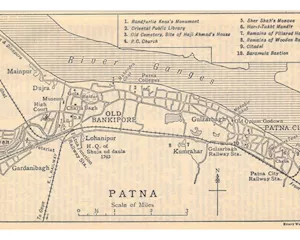
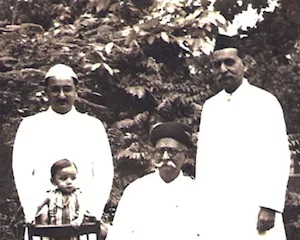
 See All
See All